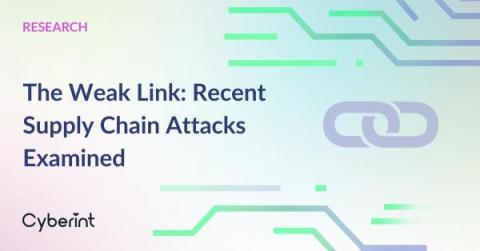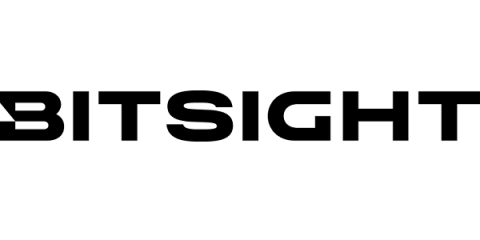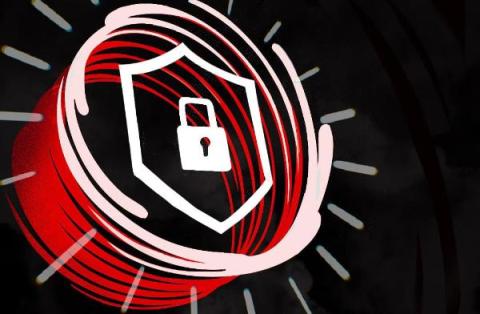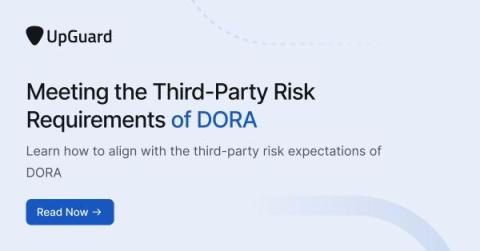The Weak Link: Recent Supply Chain Attacks Examined
Supply chain attacks are a growing and increasingly sophisticated form of cyber threat. They target the complex network of relationships between organizations and their suppliers, vendors, and third-party service providers. These attacks exploit vulnerabilities that emerge due to the interconnected nature of digital supply chains, which often span multiple organizations, systems, and geographies.











